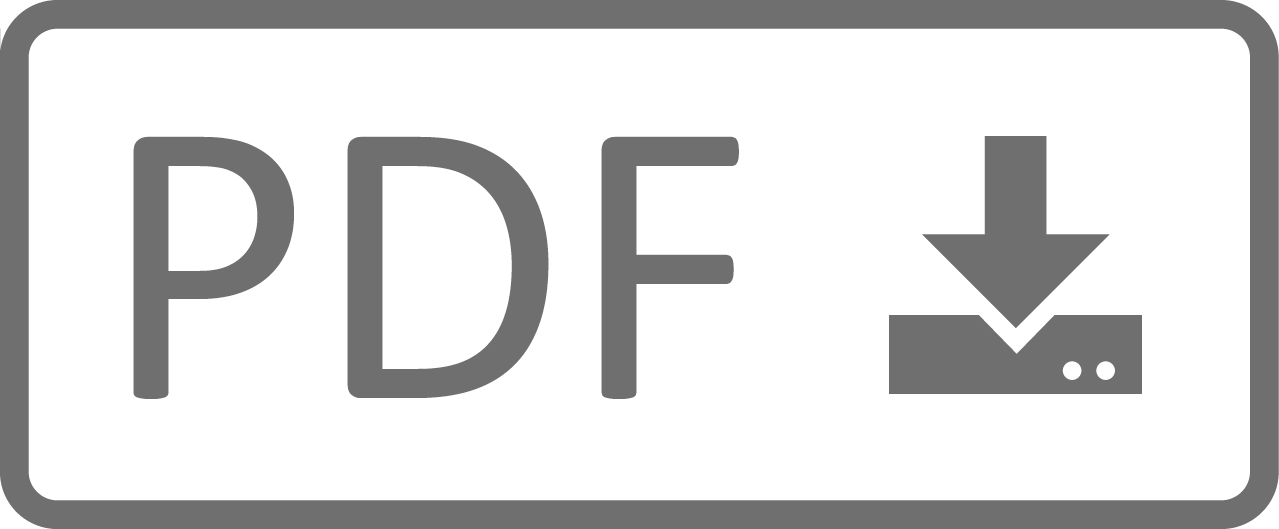
Formatting guidelines
Please prepare your article according to the journal's formatting requirements before submission.
Adherence to these standards is mandatory for acceptance of articles for the review process.
If you have any questions or issues, please contact the managing editor.
Below you will find detailed specifications for formatting articles.
In general
Manuscripts must be written in clear and concise English, French, or German. Research articles must be prepended with an abstract (of max. 300 words) and 3-5 relevant keywords. Irrespective of the language of the article, the abstract and keywords must additionally be provided in English.
• File format: Microsoft Word (*.docx, *.doc) with UNICODE encoding
• Font: Charis SIL, size 11. (Charis SIL can be downloaded on the SIL website.)
• Font colour: Black
• Underline: Text is generally not to be underlined, with the exception of URL addresses.
• Typesetting: block text
Page set-up
The page format of Afrika und Übersee is smaller than A4. Please adjust the page size in Word before starting to type your article as following:
1. Select the "Layout" tab in Word.
2. Select "Size"
3. Select "Custom Size"
4. Select "Paper size": Custom size, width: 15.5 cm and hight: 23 cm
5. Select (page) "Margins". Please define 2.45 cm page margin on top and at the bottom and 1.85 cm on the right and on the left.
6. Click on OK.
Title and subtitle
• There should be no superscript footnote number in the article title or subtitle.
Authors
• Names: The names of all authors must be given.
• Affiliation: The affiliation of all authors must be stated. If authors are not affiliated to any institution, hometown and country should be indicated.
• ORCID: The ORCID iDs of all authors should be given.
Abstract
• Font size: 10 pt
• Word count: max. 300 words
• There should be no superscript note number in the abstract
Keywords
• Font size: 10 pt
• Position: Directly after the abstract
• Separation: Individual words are separated by commas
Continuous text
• Font size: 11 pt
• Line spacing: 13 pt
• Abbreviations: Abbreviations must be defined in the text, including those of institutions and organizations.
• Omissions: Omissions are to be presented as follows: [ ... ]
Linguistic examples
• Linguistic examples with interlinear glossing must follow the "Leipzig Glossing Rules".
• Align the glosses using tables preferably.
• Reference in text: All examples must be referenced in the text. E.g.: “see (2a) and (2b)” with both number and letter in brackets.
Citations
Citations are made in the text (not in footnotes) by giving the author's name, year of publication and page numbers, e.g. (Meyer 1994: 27). Citations which are longer than three lines are separated from the main text by an indent of 0,6mm on both sides. The font size is 10Pt, line spacing 12Pt.
Numbers and dates
• Cardinal numbers: Numbers 1-12 must be written out in full. E.g.: "one to twelve". Numbers of 1,000 or more are divided by a period (e.g.: "1,012" or "32,450"). Millions and billions must be written out. E.g.: "two million, 14 billion".
• Ordinal numbers: the letter suffixes should not be written in superscript, but rather as "1st, 2nd, 3rd" etc.
• Years: Years must be written out in four digits. E.g.: "1998" instead of "'98" and "1950s" instead of "50s".
• Dates: "April 24, 1983" in the body text (dd. month YYYY), "04/24/1983" in the references (dd.MM.YYYY).
Footnotes
• Font size: 9 pt
• Position: At the bottom of the respective page.
Tables
Information presented together in rows and columns should be labelled as "Table".
• Font size: 10 pt
• Colours: Table cells may not be filled with colours except for light gray
• Reference in text: All tables must be referenced in the text. E.g.: "Table 1 shows XY"
• Position: At an appropriate position in the text, not at the end of the manuscript.
• Caption: 10 pt
• Caption position: Above the table, e.g. "Table 1: Label text of the table".
Figures
Graphs, maps, line drawings, photographs, etc. should be labelled as "Figure". Figures that are embedded in the text must be submitted as separate files after a successful review. Authors must obtain permission for the use of material for which the copyright is owned by others.
• Format (for submission): pixel graphic as *.png, embedded in MS Word document
• Format (for production): pixel graphic as *.png (300 dpi and at least 1200 pixels in width), or ideally as vector graphic = *.pdf / *.eps, as a separate file.
• Source and rights: The source must be indicated including the image rights.
• Reference in body text: All figures must be referenced in the text. E.g.: "Fig. 1 shows XY".
• Position: At an appropriate position in the text, not at the end of the manuscript.
• Caption: 10 pt
• Caption position: Below the figure, e.g.: "Figure X: Caption text of the figure".
• File names: Graphic files for article production are to be named identically to the label in the text: "Fig_1", "Fig_2", ...
Numbering
Sections, examples, figures and tables must be numbered consecutivly.
References
• Position: At the end of the manuscript
• DOI: DOIs of individual references must be provided, if available.
• URLs: Addresses of web pages must be written out.
Please ensure that all works cited in the text are also listed in the reference section and that the reference list only includes works that are cited. References should conform with the Unified Style Sheet for Linguistics (https://www.linguisticsociety.org/resource/unified-style-sheet).
Journal articles:
Neba, Ayu'nwi N., Evelyn Fogwe Chibaka & Gratien G. Atindogbe. 2006. Cameroon Pidgin English (CPE) as a tool for empowerment and national development. African Study Monographs 27(2). 39–61. https://doi.org/10.14989/68249
Contribution to anthologies:
Watters, John R. 2003. Grassfields Bantu. In Derek Nurse & Gérard Philippson (eds.), The Bantu languages. London & New York: Routledge. 225–256.
Monographs:
Blevins, Juliette. 2004. Evolutionary phonology. Cambridge: Cambridge University Press.
Anthologies:
Gippert, Jost, Nikolaus P. Himmelmann & Ulrike Mosel (eds.). 2006. Essentials of language documentation. (Trends in Linguistics, Studies and Monographs 178). Berlin & New York: Mouton de Gruyter.








